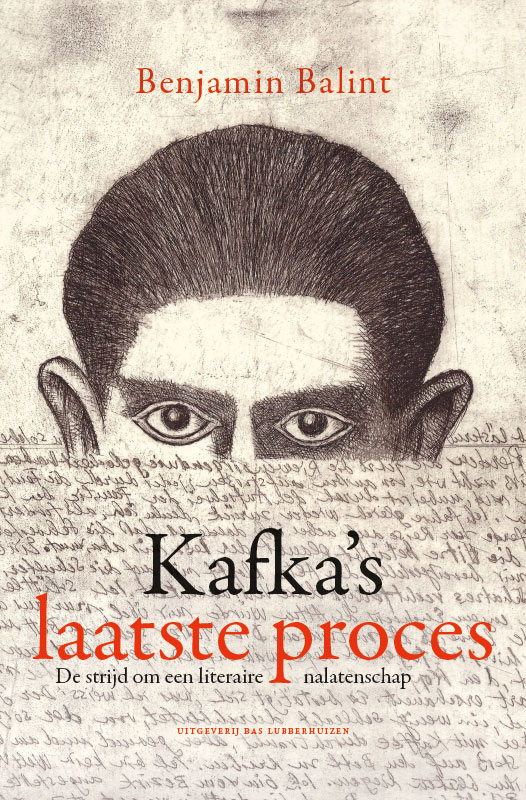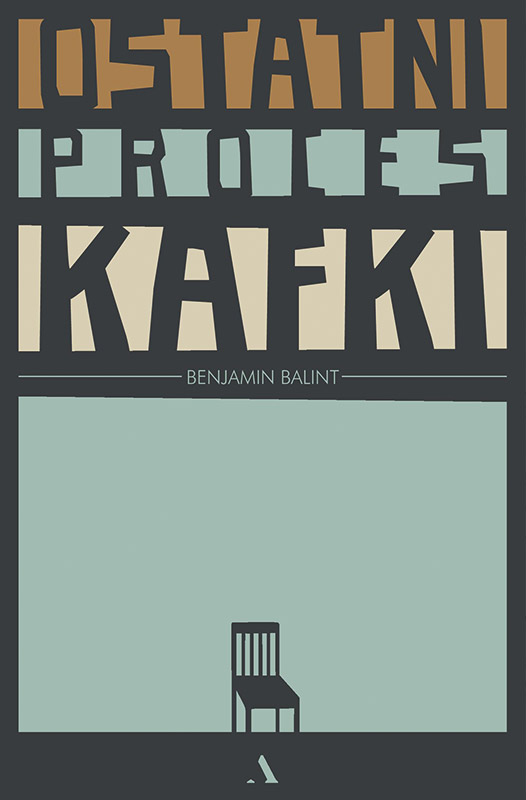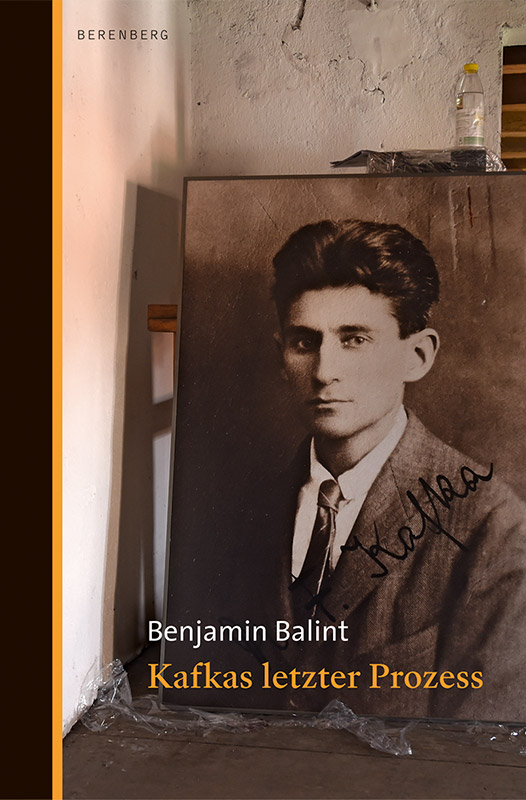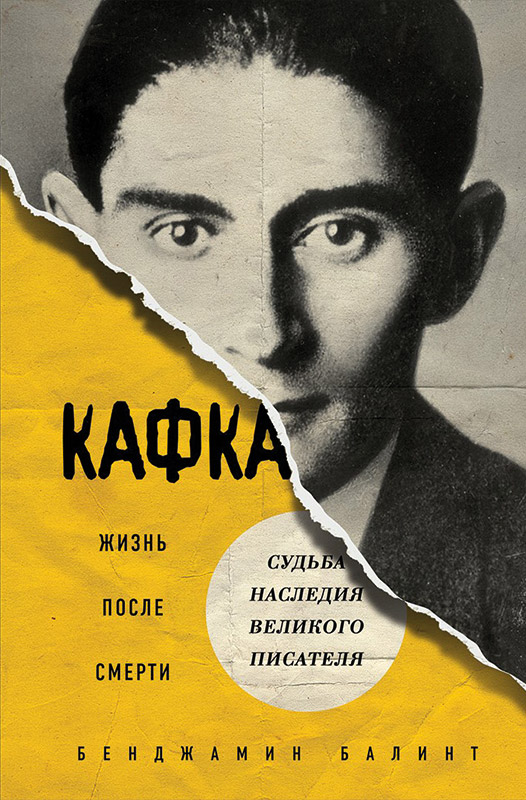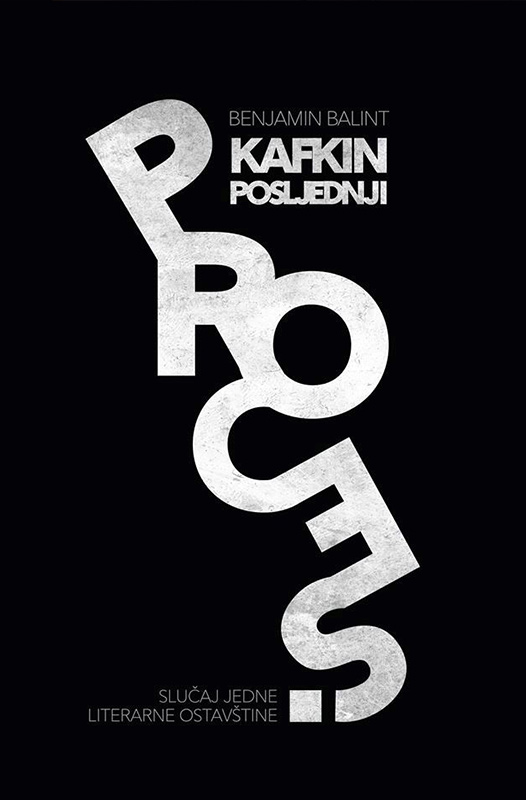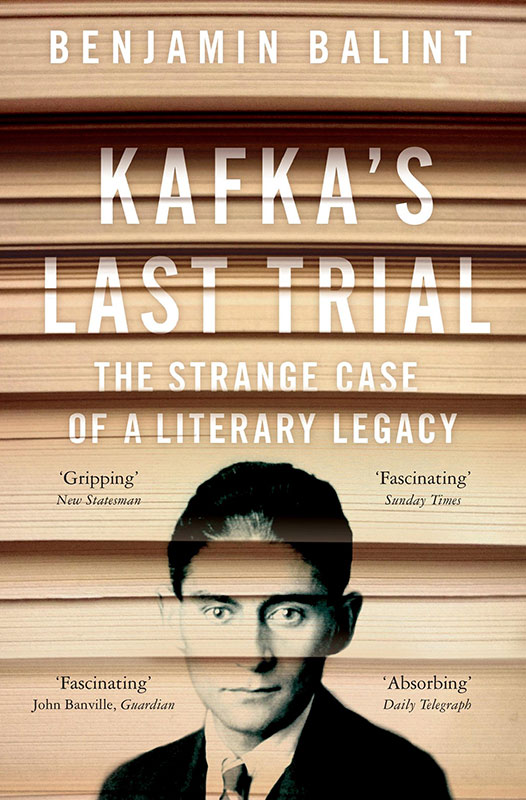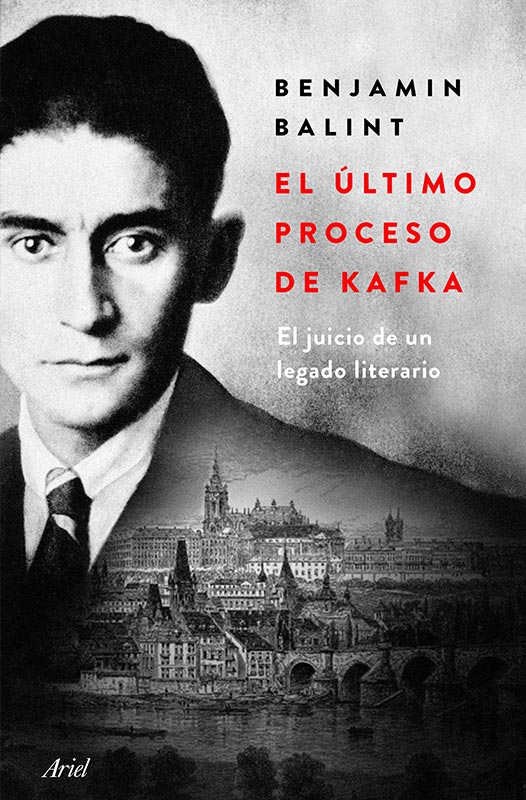An Artist, A Murder, and the Hijacking of History
(W.W. Norton, 2023)
A fresh portrait of the Polish-Jewish writer and artist, and a gripping account of the secret operation to rescue his last artworks.
The twentieth-century artist Bruno Schulz was born an Austrian, lived as a Pole, and died a Jew. He was a master of twentieth-century imaginative fiction who mapped the anxious perplexities of his time; Isaac Bashevis Singer called him “one of the most remarkable writers who ever lived.” Schulz was also a talented illustrator and graphic artist whose masochistic drawings would catch the eye of a sadistic Nazi officer. Schulz’s art became the currency in which he bought life.
Drawing on extensive new reporting and research, Benjamin Balint chases the inventive murals Schulz painted on the walls of an SS villa—the last traces of his vanished world—into multiple dimensions of the artist’s life and afterlife. Sixty years after Schulz was murdered, those murals were miraculously rediscovered, only to be secretly smuggled by Israeli agents to Jerusalem. The ensuing international furor summoned broader perplexities, not just about who has the right to curate orphaned artworks and to construe their meanings, but about who can claim to stand guard over the legacy of Jews killed in the Nazi slaughter.
By re-creating the artist’s milieu at a crossroads of art, sex, and violence, this book offers a kaleidoscopic portrait of an artist's life, with all its paradoxes and curtailed possibilities.
InterVIEWS
Earlier this year, I picked up a new biography of Schulz, the first one written in English: Benjamin Balint’s “Bruno Schulz.” I like biographies and have read plenty of them. But I’ve never before read one that caused me to bolt upright midway through, as if its subject had just come back from the dead.
[A] heartfelt, intensively researched book... Not just an astute biographical portrait but an investigation into the contested rituals of remembrance... Balint’s meticulous account of the “fresco fiasco,” which saw Schulz’s last works forcibly claimed by the Israeli state, raises grave issues about “the stewardship of suffering.”
Balint vividly, insightfully, and affectingly casts light on long-shadowed Schulz and his startlingly original work, composing a freshly enlightening, harrowing, and invaluable chapter in the perpetual history of genocide and the courage and transcendence of artists.
Spellbinding.... Balint’s dogged research and lucid analyses shed light on the interplay between Schulz’s psychology and his art. It’s a fascinating portrait of the artist in extremis.
What a wonderfully empathetic biography Balint has written, so vividly does he bring Schulz back to life, both as a writer and an artist of prodigious, otherworldly talents.
An important new account that sheds light on many previously unknown aspects of Schulz’s life and posthumous existence.... A welcome addition to our fund of information about a remarkable European master.
Balint reflects on the meaning of the controversy over who owns Schulz’s murals—a debate about the location of Jewish memory and the question of its legitimate home-land. ‘How does Schulz’s orphaned art,’ he asks, ‘figure in the politics of erasure?’ It is a poignant, cosmic question with no easy answers.
A well-informed consideration of the life and legacy of the Polish Jewish writer and artist who died during World War II.... In this incisive portrait, Balint also delves into the enormous influence of Schulz on Philip Roth, Cynthia Ozick, and Jonathan Safran Foer, among many others writers. A poignant, passionate revisiting of an important literary and artistic voice.
A perfect sequel to Balint’s previous book, the award-winning Kafka’s Last Trial.
A tremendously moving and powerful tribute to the writer and artist. The book’s vision is so overwhelmingly and richly multifaceted.
Balint tells this story—which turns out to be multiple stories, obscured by the fog of war and rumor’s sfumato—and virtuosically relates them to Schulz’s own tales, while providing the clearest, most evenhanded account to date of the tangled afterlife of the Master of Drohobych.... [Balint is] an unflaggingly curious and fastidious critic.... and demonstrates with sensitivity how in the clash between so-called intellectual property rights and so-called moral rights, the only sure loser is the artist himself, especially if he is no longer around to defend (or define) himself.
Schulz’s destiny is terrifying and exemplary, and Balint retells his life in captivating fashion.
[Schulz’s] reach, eventually, was global. The cult of Schulz, counting literary household names like Philip Roth, Jonathan Safran Foer, and Isaac Bashevis Singer (who, Balint gossips, liked Schulz better even than Kafka), proves it.... Schulz gets compared to Kafka because of his dreamy, disconcerting stories, but in Balint’s book, a version of Schulz emerges that is closer to one of Kafka’s characters.
Excellent.... An absorbing, terrifying history of a special writer who deserves to be known for reasons entirely apart from the historical nightmare that engulfed him.
Engaging and provocative.... This biography, which weaves well-chosen, colourful threads from Schulz’s writings into the threadbare fabric of his days, stands as the best brief introduction to the author currently available in English.
A literary-historical feat. Balint has stepped beyond the legend of Bruno Schulz as a writer and artist to explore the nature of legend itself.
Balint's thoroughly researched book, its notes as engaging as its text, does full justice to his complex subject … while advocating sensitively for Schulz's place in the pantheon of the great creatives of the mid-twentieth century.
The sudden, completely unexpected discovery of Schulz's murals sets off a chain of custody battles, international intrigue, and diplomatic chicanery that’s fascinating in its own right. But Balint also uses it as a way to look at the conflicting identities, cultures, nationalities and countries that surrounded Schulz in life and dogged his memory after his death.... Balint is a scrupulous researcher and a wide-ranging writer, able to evoke larger scenes and big questions in his brisk, focused prose.
Fascinating... A book of unique importance regarding national memory and commemoration.
Absolutely brilliant... One of the finest works of Jewish history I've read.
A mesmerizing many-layered journey... A fantastic blend of sharp irony and lamentation.
Extremely nuanced ... An invaluable service in giving twenty-first century readers the biographical and historical context of this amazing writer.




